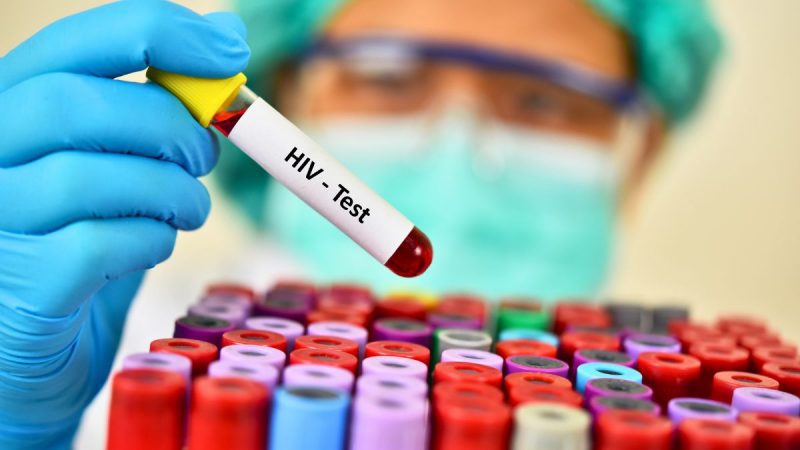Days after reports of an HIV outbreak among the student population in Tripura shocked the nation, the state government has stepped in to issue some clarifications. On Wednesday, the Health & Family Welfare Department took to X (formerly Twitter) to clarify that the report is ‘misleading’. They said that the 828 cases reported are a cumulative figure from April 2007 to May 2024.
Tripura Govt Issues Clarification On Reports Of 828 HIV Cases
The Health & Family Welfare Department of Tripura has reacted to the reports claiming that there is an HIV outbreak in the state. This clarification came after a senior official of the Tripura State AIDS Control Society (TSACS) said that 47 students died from HIV in Tripura, and 828 have tested HIV-positive.
However, according to the state’s Health & Family Welfare Department, this data is not indicative of an outbreak as it is a cumulative figure of 17 years! According to their X (formerly Twitter) post, they have claimed that the viral report is “misleading” and the figures are “cumulative from April 2007 to May 2024.”
Spike In Cases Could Be Due To Injectable Drug Abuse
Tripura State AIDS Control Society (TSACS) mentioned earlier this month that they have noticed a spike in HIV cases in the states, especially among students. According to a News18 report, the TSACS officials have noted that this spike could have stemmed from injectable drug abuse among students. So far, they have identified students from around 220 schools and 24 colleges and universities who are taking these injectable drugs.
TSACS has reported this number after checking with 164 health facilities across the state. They have also found that most of these students belong to affluent families in Tripura. As per TSACS officials, parents of these students are able to fulfil their kid’s demands easily and often realise too late that their children are indulging in drugs.
HIV outbreak or not, a spike in such cases is deeply concerning. We hope Tripura and other state governments spread awareness about drug usage and serious infections like HIV through their respective health departments.
Cover Image Courtesy: Canva (representative image)

